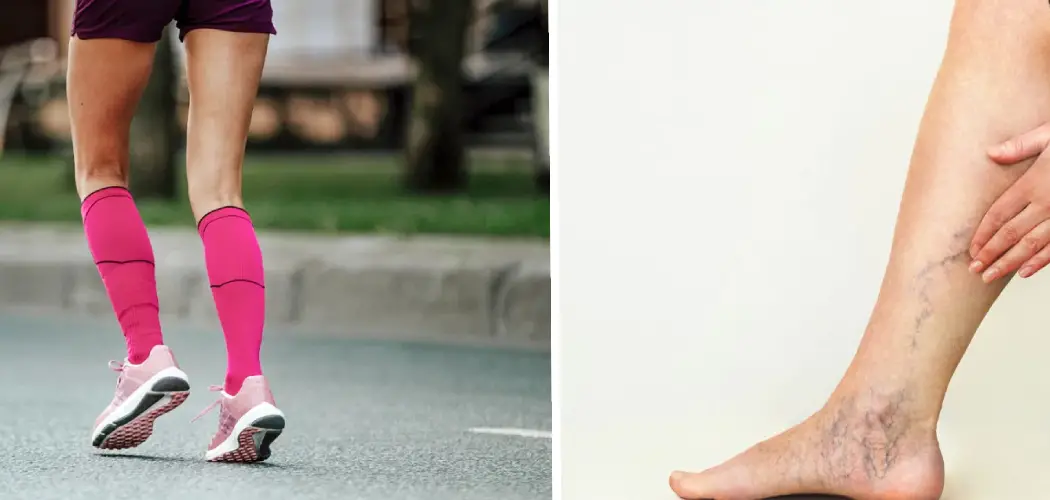If you often suffer from itchy legs, then you’re not alone. Unfortunately, many people find that their legs itch when they wear compression socks. While there’s no one-size-fits-all solution to this problem, there are a few things you can do to help reduce or stop the itching. This article will explore how to stop itching from compression socks. So if your legs are driving you crazy, keep reading!
Compression socks are designed to increase circulation, reduce swelling and improve overall leg health. People with varicose veins might benefit from wearing compression socks regularly because they can help prevent blood clots, leading to further complications. However, some people find that their legs start itching when they wear compression socks (more on the causes of this later).
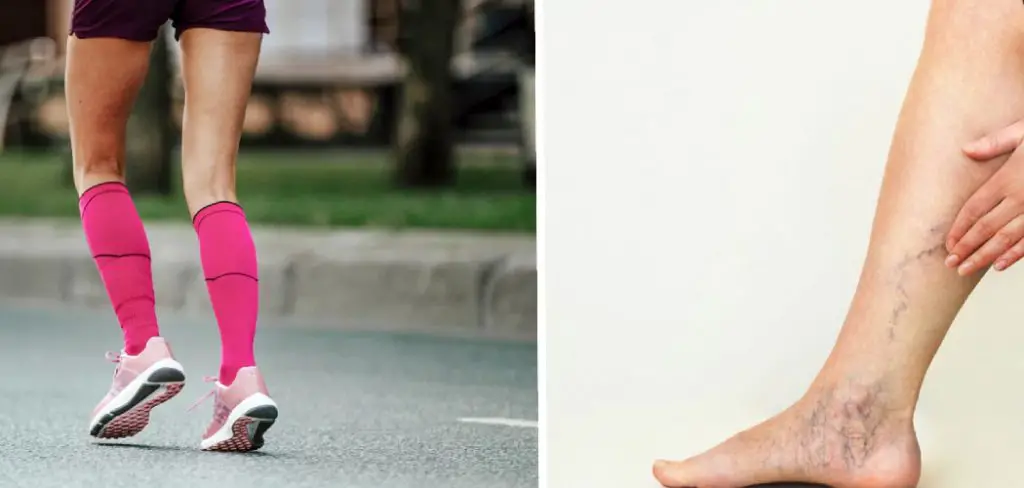
Summary: Compression socks can be helpful for various medical conditions, such as deep vein thrombosis, varicose veins, and lymphedema, among others. However, some people may experience itchiness and discomfort while wearing them. To alleviate itching, it’s recommended to choose high-quality, breathable compression socks made of natural materials, such as cotton. Applying moisturizer or talcum powder can also help to reduce irritation.
What Causes the Itch?
Many manufacturers claim that you’ll be able to wear these socks for extended periods without feeling any discomfort at all. How much truth is in those claims? We really can’t say because everybody’s skin and pain thresholds are different. Some people need a little extra padding and cushioning before they feel comfortable. Others do well with just one layer of cotton fabric between their legs and the sock.
As you’ve probably noticed, if you’re using or have used compression stockings, there may be some unpleasant itching as your legs try to adjust to the tightness level provided by such equipment. This can be quite irritating during working hours when you’re stuck behind a desk or standing on your feet most of the day – leading to redness, irritation, and even cuts in the worst-case scenario.
Risk of Infection
Using compression stockings can increase the risk of infection. According to MedlinePlus, if you have a skin condition that breaks down the skin’s natural defense layers, you are more prone to infection when wearing socks or stockings longer than needed. How? If bacteria is introduced, it can enter your body through broken skin.
If you have diabetes, poor blood flow in the legs increases the chance of an infection. How? Not being able to “feel” pain in your feet means they are not being checked by you regularly. Also, wounds do not heal as quickly because of nerve damage in people with diabetes. How long should they wear them? Wearing compression stockings beyond what is necessary could increase this risk.
A Detailed Guide on How to Stop Itching From Compression Socks
Step 1: Determine the Type of Itch
The first step is to determine the type of itch you are experiencing. There are two main types of itching: contact dermatitis or “irritant” itch and allergic contact dermatitis or “allergic” itch. Only about 10% to 15% of patients with skin problems have an actual allergy.
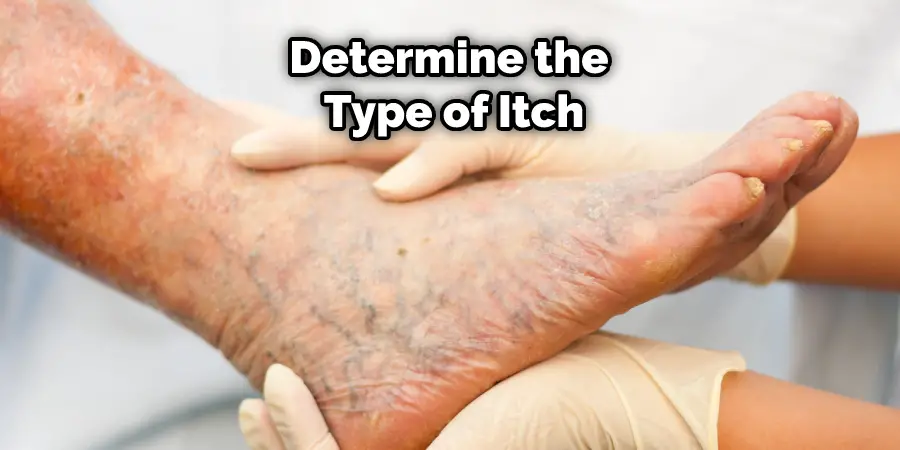
Skin allergies are often misdiagnosed as irritant dermatitis because they share many common symptoms. The most common areas affected by all types of itches are the wrists, ankles, lower legs, feet, back of the knees, and thighs.
Step 2: Determine How Long You Have Had the Problem
Allergic contact dermatitis (ACD) can result from an allergic reaction to the material in the compression garment. While it may be challenging to distinguish allergic ACD from irritant ACD, which typically occurs with repeated exposure, if you experience any skin reaction involving blisters, hives, or swelling within 48 hours of starting to wear your new compression socks or stockings, then an allergic reaction is likely the cause of your itching.
Step 3: Do Not Overwear Them
It is essential to avoid wearing compression garments too long or too often. Compression clothing is tight, so when you wear it for a prolonged period, your skin does not have enough air circulation to heal itself, leading to itching and irritation. If you are experiencing redness in the area where the socks are applied, remove the socks immediately. Also, be sure they are tucked tightly into place before putting on your shoes for the best results.
Step 4: Use Moisturizers
Applying lotions regularly to affected areas will help relieve itching by softening calluses or dry spots irritating sensitive skin. Products made with ingredients like aloe vera, cocoa butter, and glycerin are beneficial because they reduce friction, soften the skin, and prevent chafing. Do not use petroleum jelly, mineral oil, or lanolin on your skin because they can trap irritants and worsen itching.
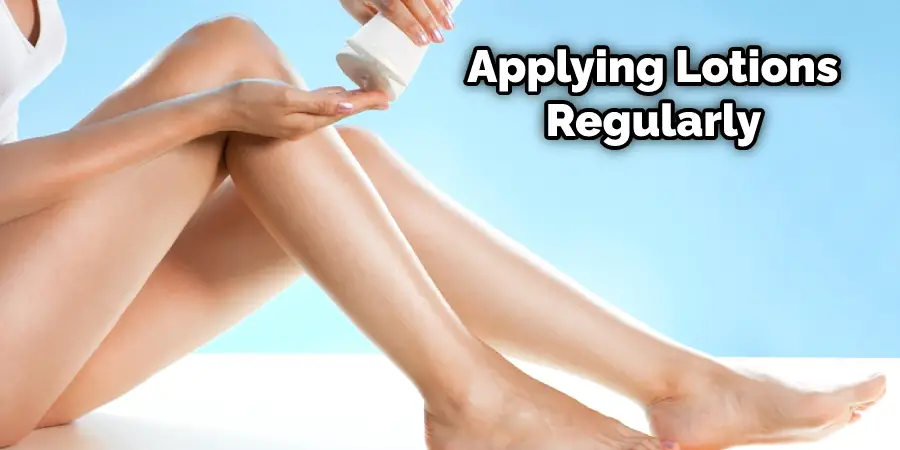
Step 5: Take an Antihistamine
Taking a nonprescription pain reliever like ibuprofen will help relieve itching by reducing inflammation in the area. You could also take a significantly more potent antihistamine drug to reduce your body’s reaction to allergens. How you choose to treat your itch depends primarily upon how long you have had it, whether it’s chronic or acute and how much discomfort you are experiencing.
Stop wearing compression socks if you experience swelling or other redness around them that doesn’t resolve within an hour after removing the socks. If you have not worn your socks for 48 hours, take them off and return them to the store where you bought them for a full refund.
Step 6: Choose the Right Pressure Level
Compression socks are available at different pressures, determining how much they will compress your leg. How tight the compression is will affect whether or not you experience itching while wearing them. Wearing socks with too high pressure can cause itchiness because the amount of blood flow to your legs is impeded. A lack of oxygen can also trigger itchiness by creating chemical changes in your leg muscles due to exercising at higher elevations.
Step 7: Read the Sizing Chart and Select the Right Size
If your compression socks are too loose, then your skin will not be able to breathe correctly or receive proper blood flow, both of which will result in increased itching. How well the compression socks fit you are critical because they should feel tight but not uncomfortable. The size chart on the packaging indicates how much pressure each sock exerts so that you can choose one that’s right for you.
Step 8: Keep Your Legs Clean
Wearing compression garments for longer than was recommended or wearing dirty or sweaty stockings can lead to increased itching on top of existing problems due to moisture buildup in your legs. How often you need to cleanse the area around your leg is determined by how usually you wear compression garments and how active you are. In addition, if you have a medical condition like diabetes, your legs must be kept clean and dry.
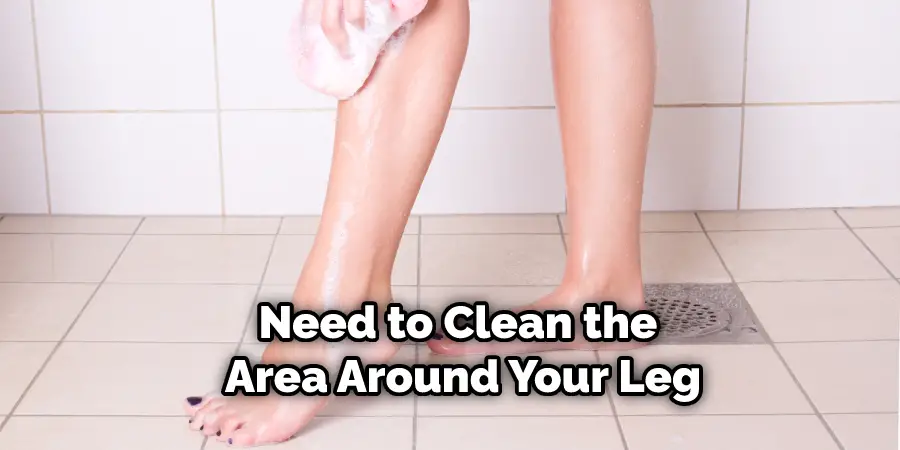
Step 9: Use Compression Garments Sparingly
It would help if you used compression stockings only when you need them, which means wearing them for short periods per day rather than long-term. How long you are supposed to wear your compression socks depends on the medical condition being treated or whether they are being used for alternative therapies like physical therapy or bodybuilding.
Step 10: Put Them on the Right Way
If you’ve ever put on compression socks and immediately felt them start to itch as soon as they contact your skin, then the chances are good because you didn’t put them on the right way. Properly putting on compression stockings is essential for comfort and effectiveness; if the sock is inside out when it makes contact with your leg, this can trigger an allergic reaction or cause friction, which leads to increased itching.
Step 11: Read the Product Details Carefully to Avoid Potential Allergic Reactions
The product you choose may include a warning about how it can cause itching in people with specific allergies. Identifying the common signs of an allergic reaction is important because when left untreated, this could lead to long-term health consequences even if your itchiness goes away. How quickly you should seek medical attention can vary based on how severe your reaction was and whether the symptoms have completely stopped yet. These steps will help in how to stop itching from compression socks.
You Can Check It Out to Do Black Socks Make Your Feet Stink
Why Are My Legs So Itchy After Compression Socks?
As the name implies, compression socks are designed to reduce leg swelling by applying gentle pressure throughout the legs via graduated tubes that fit snugly around your calves. How much compression a sock provides varies from one product to another – but they all offer some degree of support with regular use.
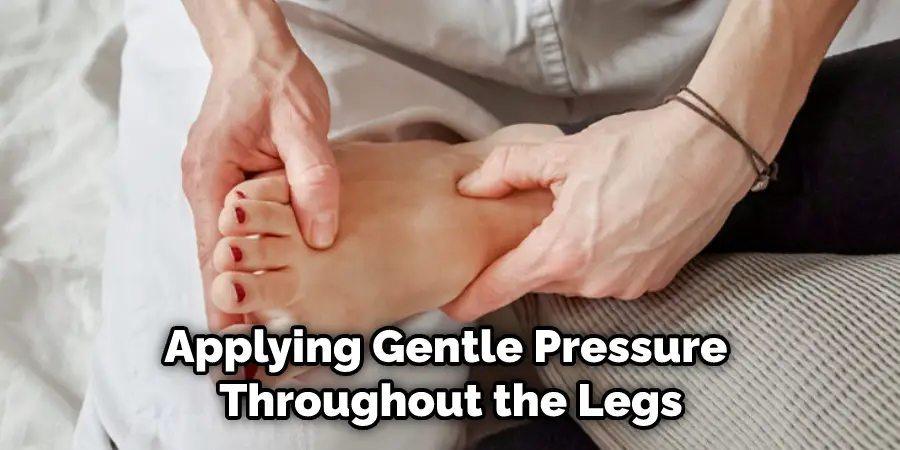
Although this equipment is helpful for several conditions and many people use them as a reliable source of relief, not everyone can stand these itchy little socks sticking to their skin. Some have sworn off using them after just one day because “the itching never stops.” This unpleasant side-effect needs to be eliminated as soon as possible if you don’t want it ruining your otherwise excellent results.
You Can Check It Out to Wash Bombas Socks
Frequently Asked Questions
Why Do My Compression Socks Make Me Itch?
Compression socks are a type of sock that is designed to reduce swelling and improve blood flow. They work by trapping the blood inside the leg while it’s being circulated, which helps to prevent pain and itchiness. In some cases, compression socks can even help to speed up the healing process.
There are a few things to keep in mind when wearing compression socks:
- Make sure that you get the right size – Many compression socks come in different sizes, so be sure to get the one that fits snugly but not too tight.
- Make sure that the socks are washed regularly – Washing your compression socks regularly will help to remove any built-up bacteria or sweat, which will help to prevent itchiness or inflammation.
- Use a soothing lotion – If you experience any irritation or itchiness while wearing compression socks, try using a soothing lotion before bedtime to help relieve symptoms.
Why Do My Legs Itch After Wearing Tight Socks?
Because they become conditioned to it. When you wear the same pair of socks for a long period of time, the sweat and oils on your foot seeps through the fabric, creating an irritating environment. Additionally, wearing tight socks can restrict circulation in your feet which leads to dryness and inflammation.
Does Itchy Legs Mean Poor Circulation?
It is true that itchy legs can sometimes be a sign of poor circulation, there are many other potential causes for this problem. If you’re not sure what might be causing your itchiness, consult your doctor or naturopathic physician. Sometimes common causes of itchiness, such as parasites and fungal overgrowth, can be treated with natural remedies like antifungals and anti-parasitic supplements.
If your itching isn’t resolved after taking these prescribed medications for a few weeks, then you may need to see a specialist who will perform an evaluation to rule out more serious medical issues. In the meantime, continuing to take ibuprofen or another pain reliever may help reduce the severity of symptoms while waiting for confirmation from your health professional.
Is There a Downside to Wearing Compression Socks?
There are many purported benefits to wearing compression socks, including improved circulation, relief from varicose veins, and even reduced inflammation. However, there is always the potential for side effects. The most common complaints related to compression sock use include discomfort (especially in the arches of the feet), skin irritation or rashes, pain in the lower legs and feet after prolonged wear, and thinning of hair on top of your head.
If you experience any of these symptoms while wearing compression socks regularly, it’s important to discontinue wearing them until they have healed. If this isn’t possible or you’re concerned about long-term health implications associated with compression sock use, then speak to a healthcare professional before making any decision.
Conclusion
The itching you experience from wearing compression socks is caused by dry skin. This can be relieved with a moisturizer, like Vaseline, for example. However, if the itchiness persists after applying it to dry areas, try using an anti-itch cream or lotion with hydrocortisone. You could also use baby powder if you don’t have anything else available. We hope this article on how to stop itching from compression socks helped!
You Can Check It Out to Why Do White People Wear Shoes in The House

